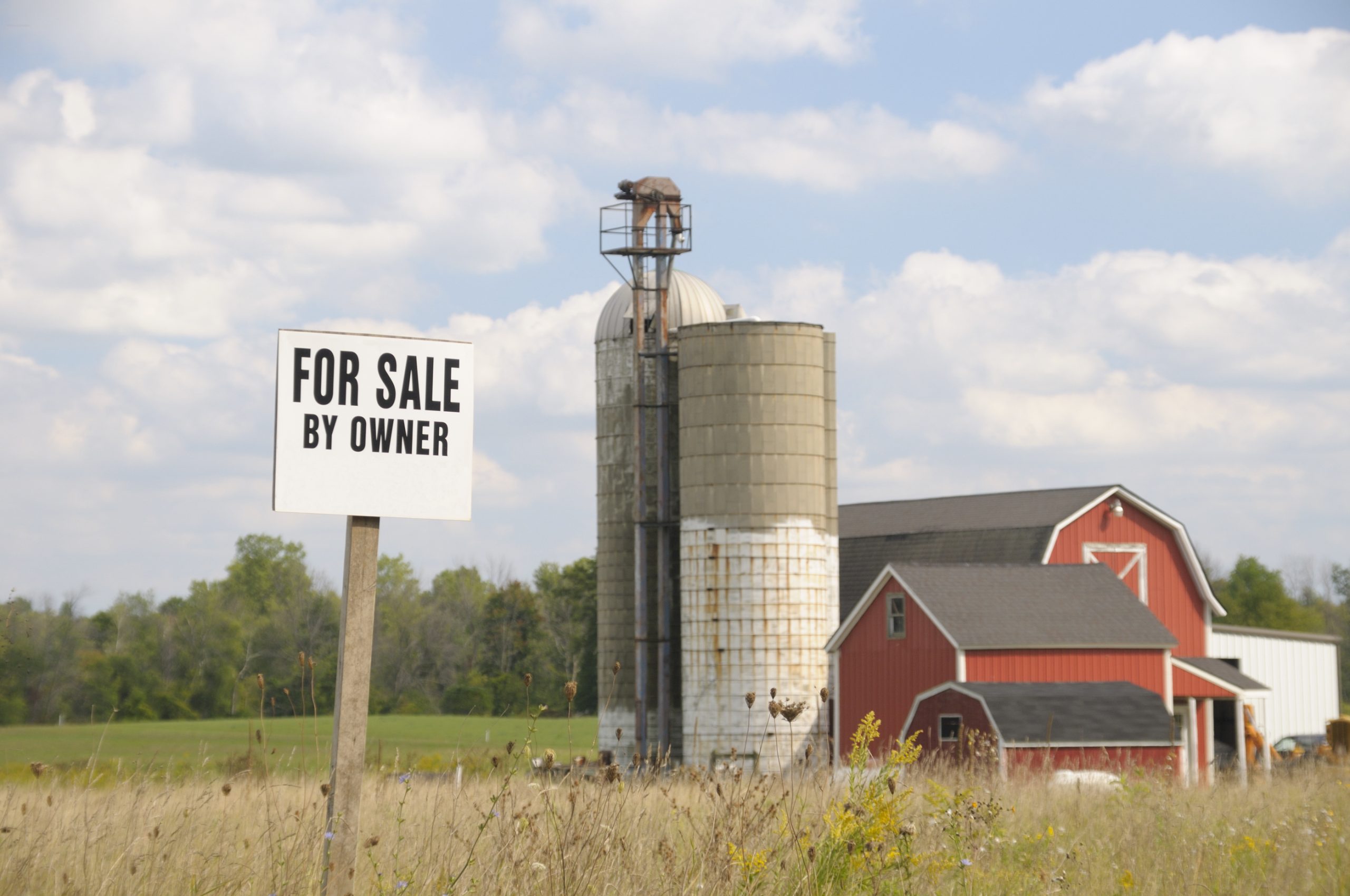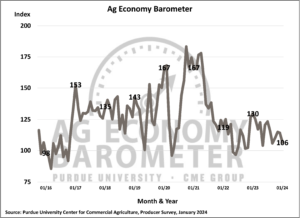
Like many other agricultural certified public accountants and financial advisers, I’m getting calls from worried row-crop producers.
“I’m losing money in 2024, and it looks like I’ll lose money in 2025, too,” callers tell me. “How long can I continue to operate before I need to make a change?”
As losses continue to deepen for most crops, many producers are wondering about their “burn rate,” or how much longer they can keep eating into their working capital. Faced with commodity prices that aren’t keeping up with record-high expenses, many farmers are grappling with high burn rates and financial stress.
They have plenty of questions. Should they decrease acreage? Sell out? Restructure? If they want to survive for a few more years, should they convert their short-term debt into long-term debt? Do they need an equity infusion? Should they sell an asset for needed cash? If so, how do they do that?
The current situation is especially critical for older farmers. Producers who are closer to retirement age are looking to maximize the value of their operation. In other words, they want to know whether it’s better to exit the farming business sooner rather than later, before they’ve consumed their assets in an attempt to survive their losses.
“A lot of older-generation operations are three, five, maybe seven years from retirement,” said Thomas Eatherly, a Pinion principal who helps producers with farm business management. “Many say their year-over-year losses are so substantial, they don’t see a way to recapture their losses in the next three years. So, they’re thinking maybe they should retire now, while they still have their intermediate and long-term assets of land and equipment, which can cover their tax liability and any payoffs they may have.”
A closer look at liquidity and other measures
One way to determine how long you can weather the downturn in profitability is to look at your farm’s liquidity. This measures your farm’s ability to meet its financial obligations by quantifying how easily your assets can be converted into cash.
A strong liquidity position not only helps you get through cashflow shortages but allows you to take advantage of opportunities such as buying land or equipment. A weak liquidity position lowers your farm’s ability to buy machinery and buildings and to cash-rent and purchase land. Often discussed is the current liquidity ratio. It’s defined as current assets divided by current liabilities. The higher the ratio climbs above 1, the stronger the liquidity position.
You can also gauge your liquidity by evaluating your working capital. This is the difference between your current assets, like cash, accounts receivable and inventories, and your current liabilities, such as accounts payable, credit lines and the current portion of long-term debt. Working capital is translating the current ratio into a dollar amount. Put another way, how many dollars do you have left after all current assets are converted to cash and utilized to pay current liabilities?
It’s also important to understand your cost of doing business. Many farmers think they know their cost of production or break-even, but I’ve found they often don’t add in all costs of doing business. These not only include the expenses of prepping your land, repairing equipment, planting, harvesting and delivering your crop. Total costs also include taxes, insurance, debt service, your living expenses and more. Further, if you have livestock as well as a row-crop operation, don’t underestimate your internal feed cost. “That’s often mismanaged because it’s internal,” Eatherly said. “There’s no real transaction.”
Agriculture is in a tough place right now. You’re not alone in wondering about your ability to weather the storm. Ask your financial professional to help you look closely at your farm’s ability to stay solvent and to weigh your options about your future.
Editor’s note: Maxson Irsik, a certified public accountant, advises owners of professionally managed agribusinesses and family-owned ranches on ways to achieve their goals. Whether an owner’s goal is to expand and grow the business, discover and leverage core competencies or protect the current owners’ legacy through careful structuring and estate planning, Irsik applies his experience working on and running his own family’s farm to find innovative ways to make it a reality. Contact him at [email protected].




